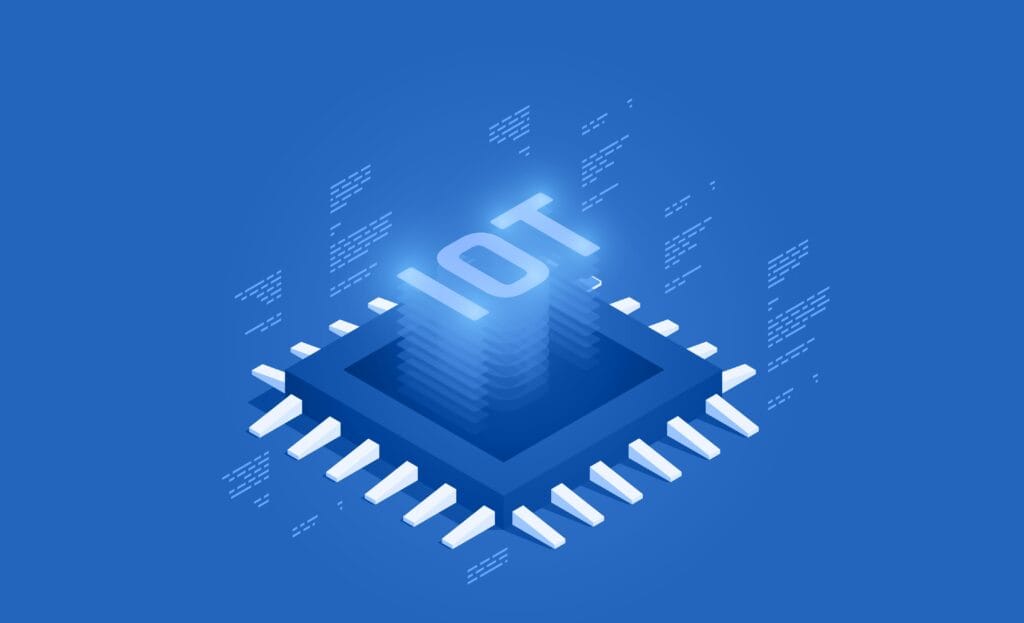Construction and infrastructure development are industries that thrive on precision, coordination, and efficiency. From towering skyscrapers to sprawling highways, each project requires seamless communication and collaboration among multiple teams working across different stages and locations.
In such dynamic and often challenging environments, traditional methods of connectivity fall short of meeting modern demands.
Wireless networking has emerged as a powerful enabler, transforming how construction sites and infrastructure projects are managed. By providing real-time communication, remote monitoring, and data-driven decision-making, wireless networks are bridging the gap between field operations and project headquarters.
This evolution is not just about faster internet connections, but about creating smarter, safer, and more productive construction ecosystems.
As infrastructure becomes increasingly connected, the role of wireless networking continues to grow.
From improving worker safety to enabling advanced technologies like drones, IoT devices, and augmented reality, wireless solutions are becoming the backbone of next-generation construction and infrastructure development.

The Role of Wireless Networking in Construction
Wireless networking plays a central role in enabling seamless communication on construction sites. Workers, engineers, and managers can collaborate in real time regardless of where they are located.
This reduces delays and ensures that critical information is shared instantly, allowing projects to move forward without unnecessary interruptions.
It also strengthens safety measures on job sites. Wearable devices connected through wireless networks can monitor worker health, track movement, and send alerts in case of accidents or unsafe conditions. Site managers can then take immediate action to prevent risks or respond quickly when issues arise.
Construction projects are often spread across large and constantly changing environments. Unlike fixed wired networks, wireless solutions offer the mobility and flexibility needed to adapt to these conditions, making them more practical and efficient for such settings.

Wireless Networking for Infrastructure Development
Infrastructure projects such as highways, railways, airports, and bridges are massive undertakings that require constant oversight. Wireless networking enables remote monitoring and management of these projects, ensuring that progress is tracked accurately and resources are utilized efficiently.
The integration of wireless networks with smart infrastructure systems is also gaining momentum. IoT-enabled utilities, bridges, and roadways rely on sensors and wireless communication to provide real-time data about traffic patterns, structural health, and environmental conditions. This not only improves maintenance and safety but also helps in creating smarter, more sustainable infrastructure systems.

Key Technologies Driving Wireless Networking in Construction
5G Networks: With high-speed and low-latency capabilities, 5G enables real-time applications such as remote-controlled machinery, high-definition video surveillance, and connected robotics on job sites.
IoT Devices and Sensors: From monitoring equipment usage to tracking environmental conditions, IoT sensors connected through wireless networks provide critical data that supports efficiency and safety.
Drones with Wireless Connectivity: Drones equipped with wireless communication capabilities can perform aerial surveys, inspections, and mapping, reducing manual labor and providing accurate insights.
Mesh Networks: Construction sites are vast and ever-changing. Mesh networks provide flexible coverage by connecting multiple nodes across the site, ensuring uninterrupted connectivity.
Augmented Reality and VR: Wireless connectivity supports immersive technologies like AR and VR, enabling remote collaboration, design visualization, and training simulations for construction teams.

Benefits of Wireless Networking in Construction and Infrastructure
Faster Decision-Making: Real-time communication and instant access to data empower managers to make informed decisions quickly, keeping projects on schedule.
Increased Productivity: With wireless-enabled tools and applications, teams can collaborate seamlessly, reducing delays and improving overall efficiency.
Enhanced Worker Safety: Wearable devices, sensors, and real-time alerts connected through wireless networks enhance site safety and ensure compliance with standards.
Better Project Tracking: Wireless-enabled project management platforms provide transparency, allowing stakeholders to monitor progress, track resources, and reduce miscommunication.
Reduced Costs: Efficient resource allocation and reduced downtime lead to cost savings across construction and infrastructure projects.

Real-World Applications and Case Studies
Several construction companies are already embracing wireless networking to transform operations. Smart construction sites equipped with IoT sensors and wireless-enabled drones are improving project accuracy and efficiency.
In large-scale infrastructure projects such as airports and highways, 5G technology is being used to monitor assets, manage traffic, and enhance safety protocols. Construction firms are also leveraging AR applications over wireless networks to visualize projects in real time, reducing errors and streamlining collaboration.
These real-world examples highlight how wireless networking is not just a technological upgrade, but a strategic necessity in modern construction and infrastructure development.

Conclusion
Wireless networking is redefining how construction and infrastructure projects are planned, executed, and maintained. By enabling real-time communication, improving safety, and integrating advanced technologies, it is turning traditional job sites into connected ecosystems.
For construction firms and infrastructure developers, embracing wireless networking is no longer optional. It is the foundation of smarter, safer, and more efficient projects that meet the demands of a rapidly evolving world. As wireless technologies continue to advance, their role in construction and infrastructure development will only become more significant, driving innovation and shaping the future of the built environment.












